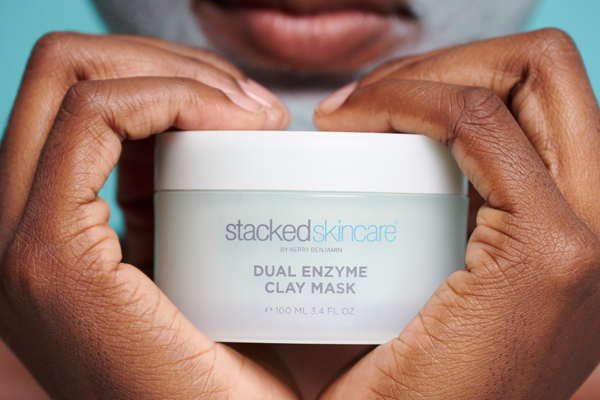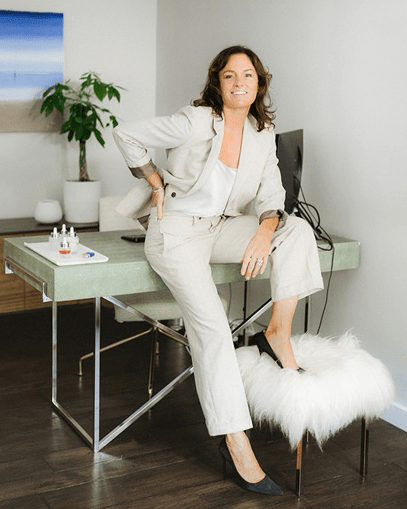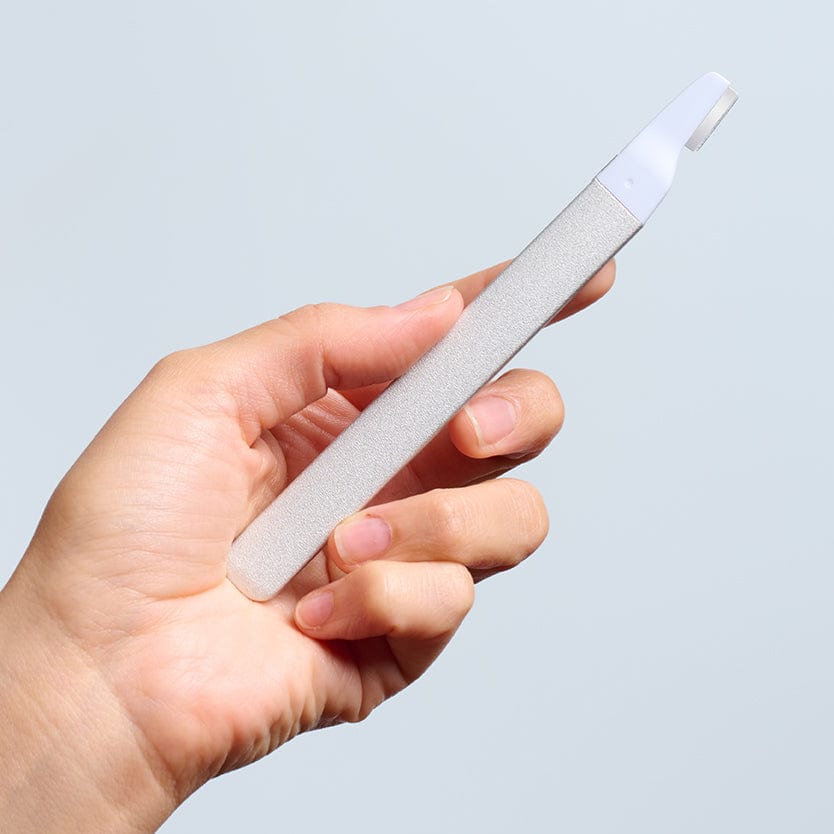Period Skincare Cycle Days 13-16: Skin Tips For the Ovulation Phase
Written by Kerry Benjamin

It’s no secret that hormones can have a major effect on our skin. As our hormones shift through the different phases of our menstrual cycle, the skin can experience everything from breakouts to dryness to sensitivity.
To help you navigate the skin changes you might notice every month, we’re doing a deep dive into the four stages of the hormonal cycle and how you can flex your skincare routine to keep your skin healthy and clear all month long. This post covers everything you need to know about the ovulation phase of your cycle. For a full rundown of the other hormonal phases, visit the following: Menstruation (Days 1-6), Follicular (Days 6-12), and Luteal (Days 17-28).
Ovulation (Day 13-16): What It Is
Ovulation is the third and shortest phase of the menstrual cycle, lasting around 3 days. During this phase, the mature egg makes its way from the ovary and into the fallopian tubes. While the timing of ovulation can vary every month based on factors like stress, diet, and exercise, it typically occurs about 13-15 days before your period.
Your Hormones and Ovulation
Estrogen levels climb as the egg prepares to be released into the fallopian tubes, triggering the production of another hormone called luteinizing hormone (LH). After the egg releases, estrogen levels begin to decrease and progesterone levels increase. There are a lot of hormonal changes at play at this stage, which can affect the body in various ways– you might have heightened senses, experience some nausea and headaches, or even feel bloated and have some stomach pain.
Your Skin and Ovulation
Ovulation is the most action packed part of the menstrual cycle. With lots of hormones rapidly shifting in a relatively short amount of time, you can expect some changes in your skin as well. As the body sets itself up for the egg to be released, estrogen is at its highest point, so your skin is likely to remain nice and glowy. However, as luteinizing hormone levels ramp up, so does your oil production, so you might find that your skin is more prone to breakouts shortly after this phase.
How To Care For Skin
Although your skin is in relative balance as it prepares for ovulation, this is the time to manage excess sebum if you’re finding your skin is oilier than usual. Twice a week, reach for our Dual Enzyme Clay Mask to gently absorb excess oil and keep your pores clear of dead cells. Follow with a lightweight hydrating serum like our HA Hydrating Serum to replenish moisture following your mask. Our serum is also formulated with niacinamide to continue managing excess oil while helping the serum penetrate into the deeper layers of the skin.
About the Author

Kerry Benjamin, a licensed aesthetician, has over 14 years of experience. Kerry is the driving force behind StackedSkincare. As the company's CEO, Kerry has dedicated her career to revolutionizing skincare. Her innovative approach combines peels, serums, and specialized tools to effectively address a wide range of skin concerns. CA LE license number Z98459.

